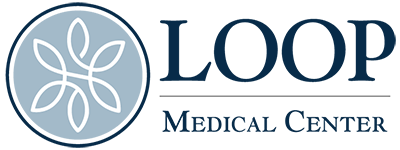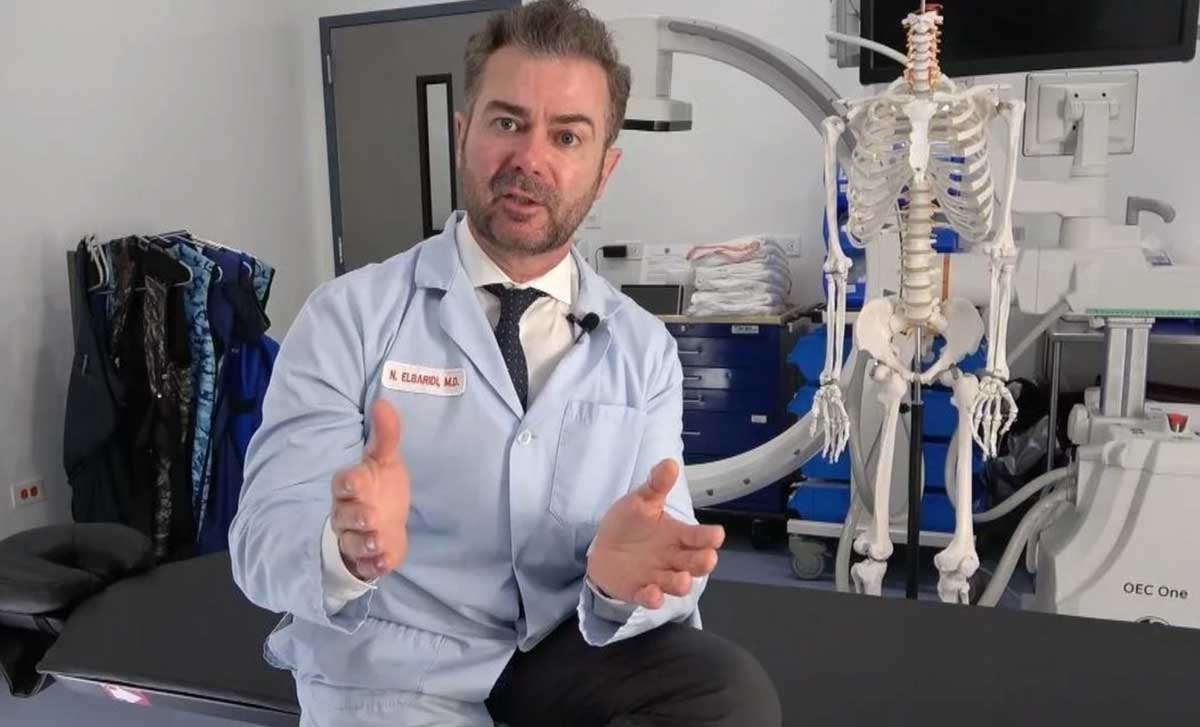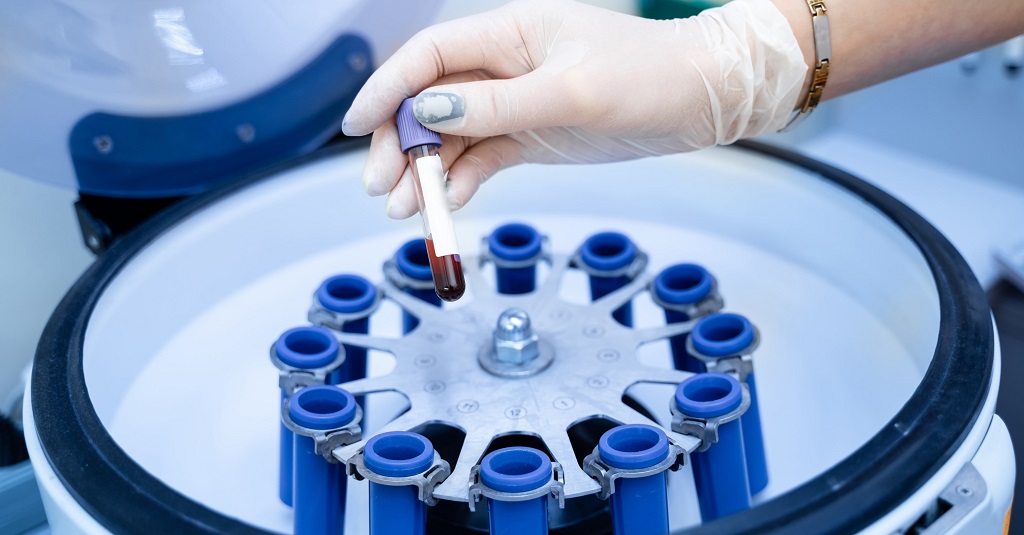Here you can cure pain from arthritis, migraines, injuries and varicose veins, beautify your face…
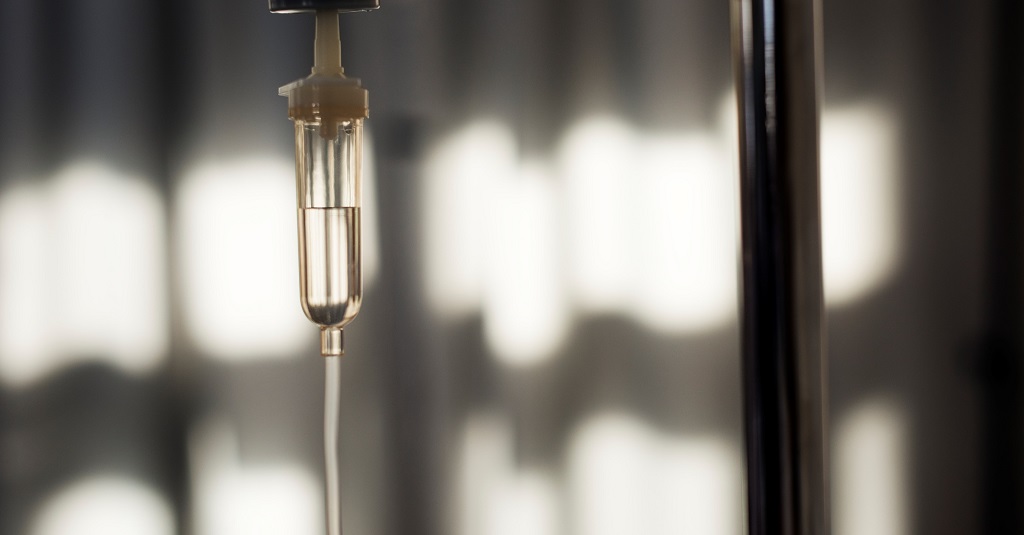
Is it a drug, or a drug?
The word drug can have a completely different meaning concerning the context in which it is used. Merriam-Webster defines it as a substance used as a medication or in the preparation of medication. On the other hand, we can say that it is a substance taken for its narcotic or stimulant effects, often illegally. There are substances that we define by the word drug that can be used in both ways.
One of these drugs is ketamine.
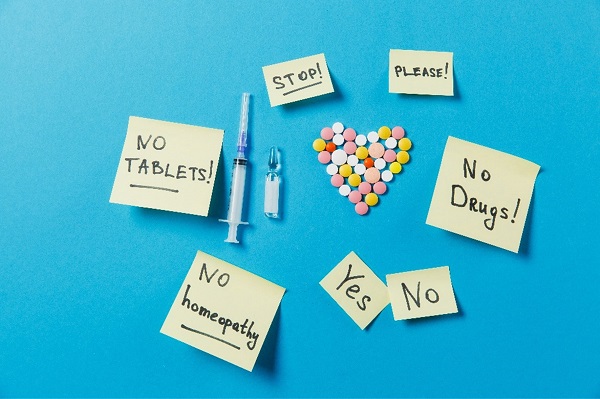
What is ketamine?
Ketamine is a dissociative anesthetic developed in the early 1960s and is used in human and veterinary medicine. Therapeutic uses for ketamine have more recently been identified. Doctors have developed a protocol for medically supervised use that may help people who don’t get relief from other medications. The drug is primarily used for anesthesia. During the 1950s, phencyclidine(PCP) was developed as an intravenous general anesthetic but due to its severe side effects, ketamine was developed as a dissociative anesthetic to replace PCP. Medical studies in humans suggest that very consistent and long-term use of ketamine may be neurotoxic, while short-term is not.
It has been confirmed that ketamine is safe for medical use in certain indications. In medical facilities, ketamine is given intravenously to induce and maintain anesthesia. It is particularly useful for short-lasting procedures in those who are unable to receive barbiturates, and when cardiovascular depression must be avoided.
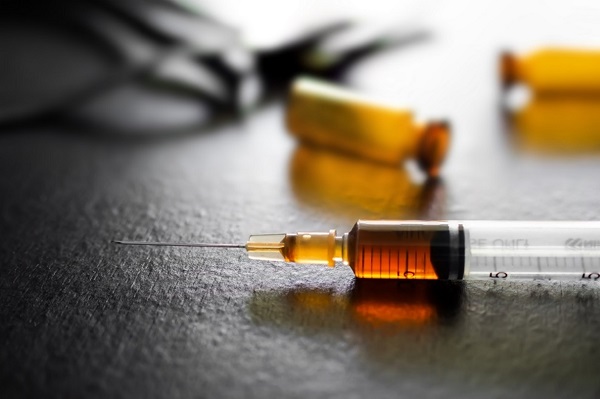
Ketamine has shown remarkable results in the treatment of a wide spectrum of mental disorders, but also in pain management. Lower doses of ketamine, also known as “sub-anesthetic” ketamine injections are used “off-label” to treat depression, pain, and other mental health/substance use disorders.
Patients with these conditions may be eligible for psychedelic-assisted therapy with ketamine.
There are two ways to administer ketamine in treatments, which is through intravenous infusion (IV) and through intranasal spray (IN).
How does ketamine work?
At high doses, ketamine seems to block glutamate, making it an effective anesthetic. Glutamate is the most abundant free amino acid that is produced in the body and is at the intersection between multiple metabolic pathways. At low doses, glutamate production is enhanced. Smaller doses are used to treat pain and mental disorders.
While some patients could experience side effects throughout treatment, including floating sensations and hallucinations, these are only mild and wear off once the treatment is finished. Feeling tired is also normal after a session, so patients are not allowed to drive themselves home after receiving ketamine treatments. You might begin to feel relief within an hour after a session.

Ketamine may also help build new connections or synapses between neurons. When ketamine is administered, it is believed that it may help regenerate neuronal connections. One of the appeals of ketamine is the rapid onset of action and unique mechanism of action versus other antidepressants or even augmenting agents.
We at Loop Medical Center conduct a careful evaluation to see if the treatment is right for you. We will consider what symptoms you’ve been experiencing recently, as well as your goals, to tailor the treatment to your body and mental health needs.
Loop Medical Center has been using ketamine treatments with great success for many years to treat the following conditions:
- Addiction
- Depression disorder
- Anxiety and Panic Attacks
- Chronic Pain Syndrome
- Fibromyalgia
- Obsessive-Compulsive Disorder (OCD)
- Post-Traumatic Stress Disorder (PTSD)
- Chronic Regional Pain Syndrome (CRPS)
Loop Medical Center has been successfully using ketamine therapies for years. Let us help you too! Contact us and let us help you suffer less and improve your day-to-day quality of life.
